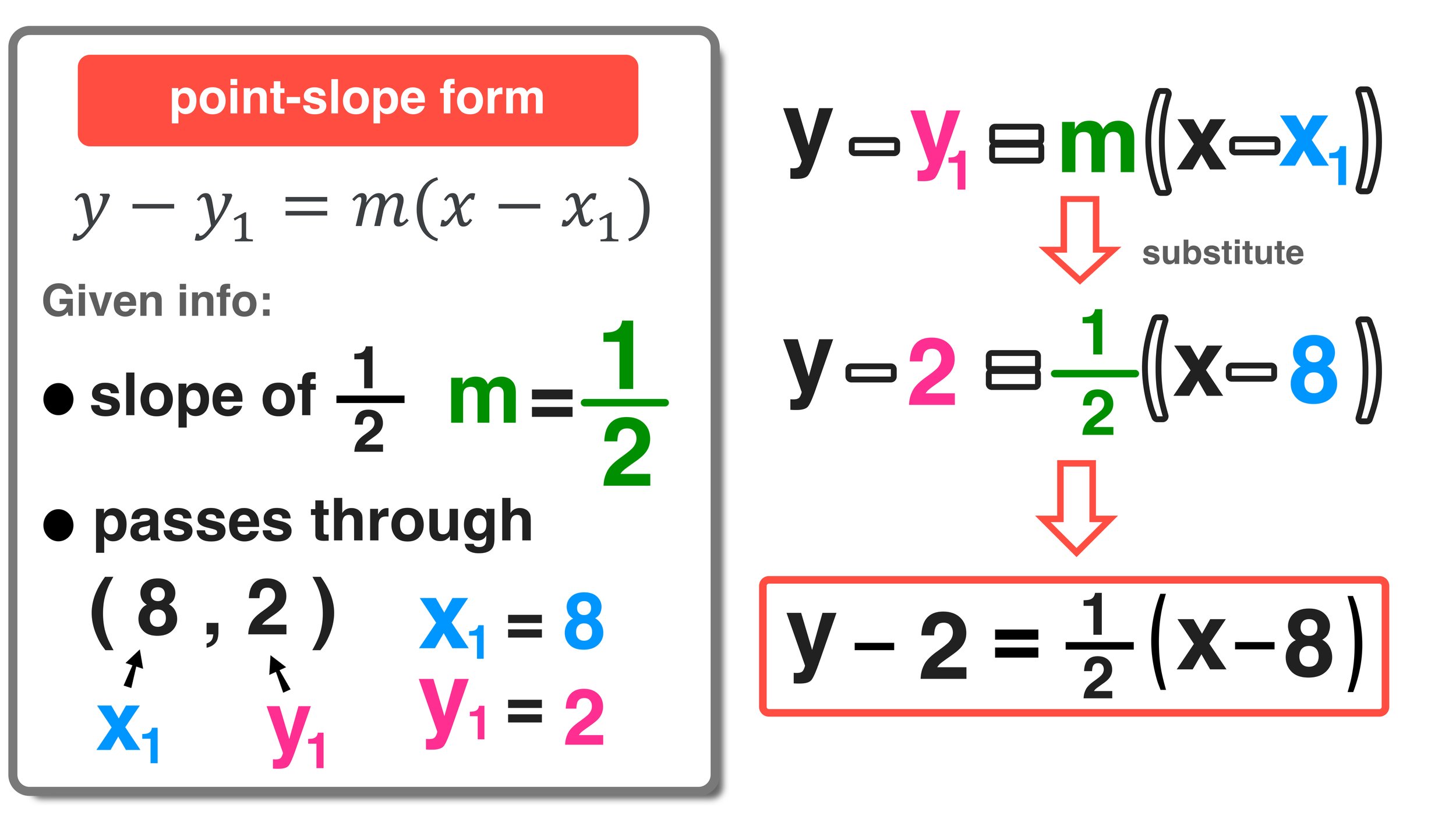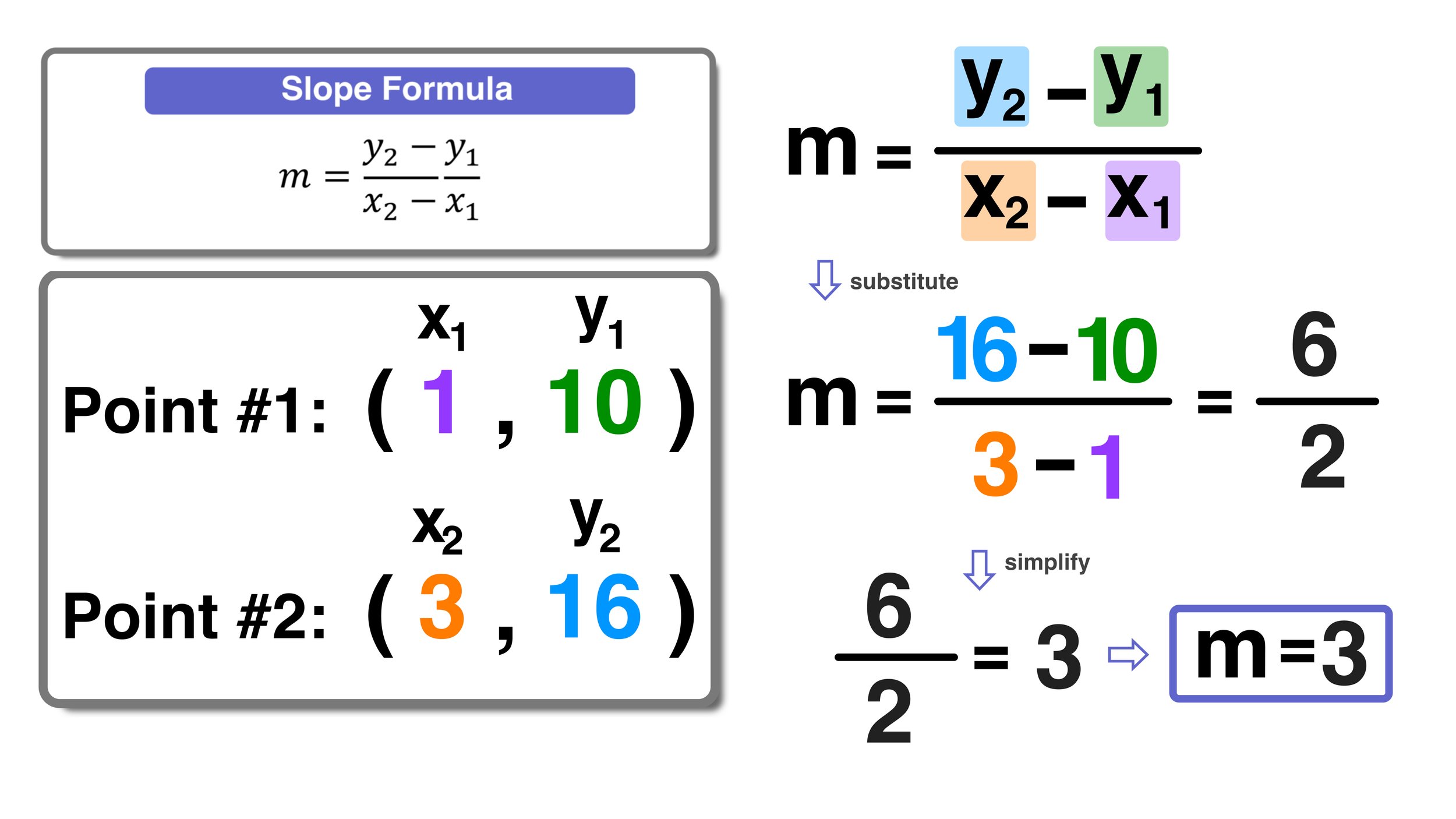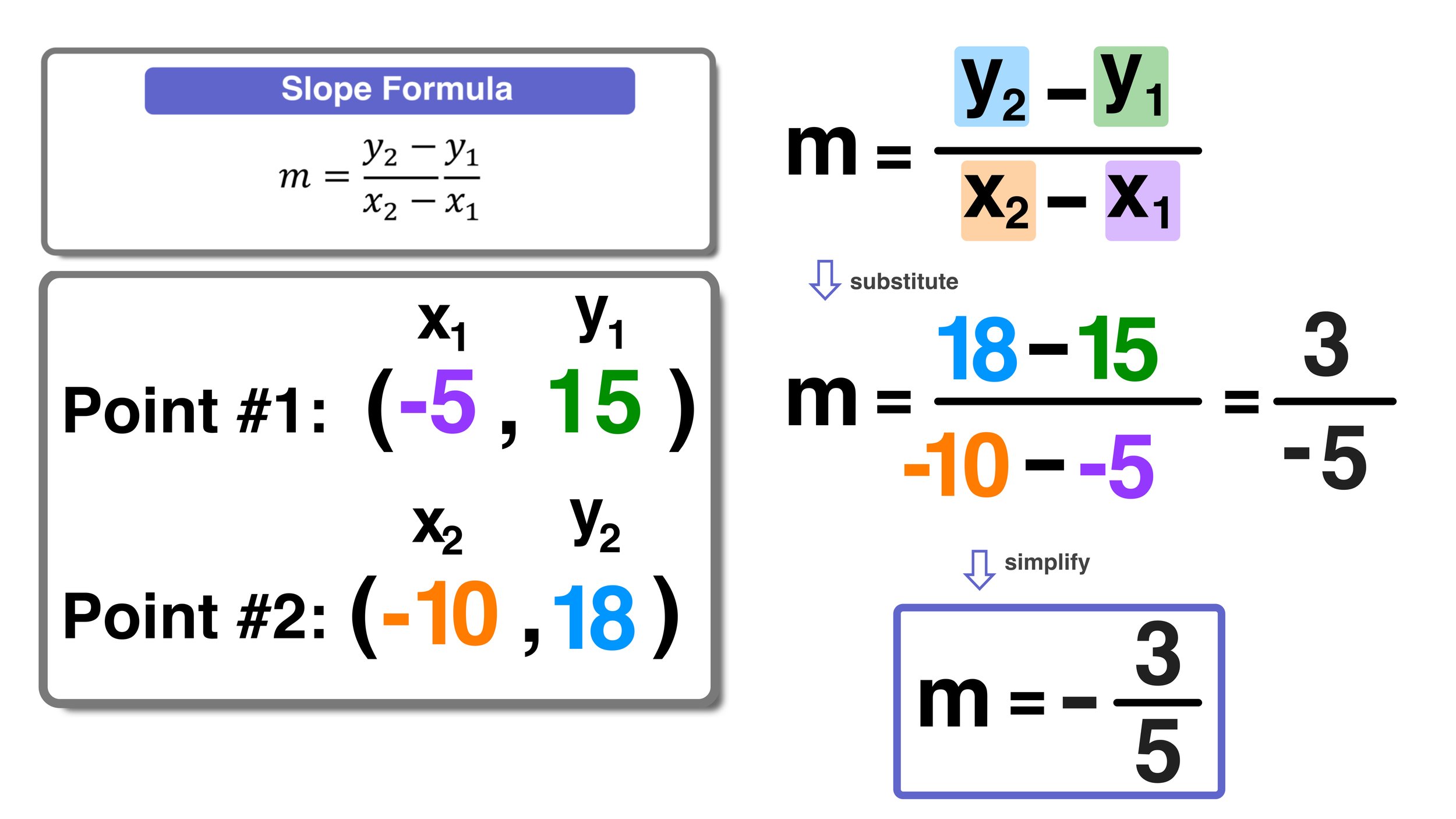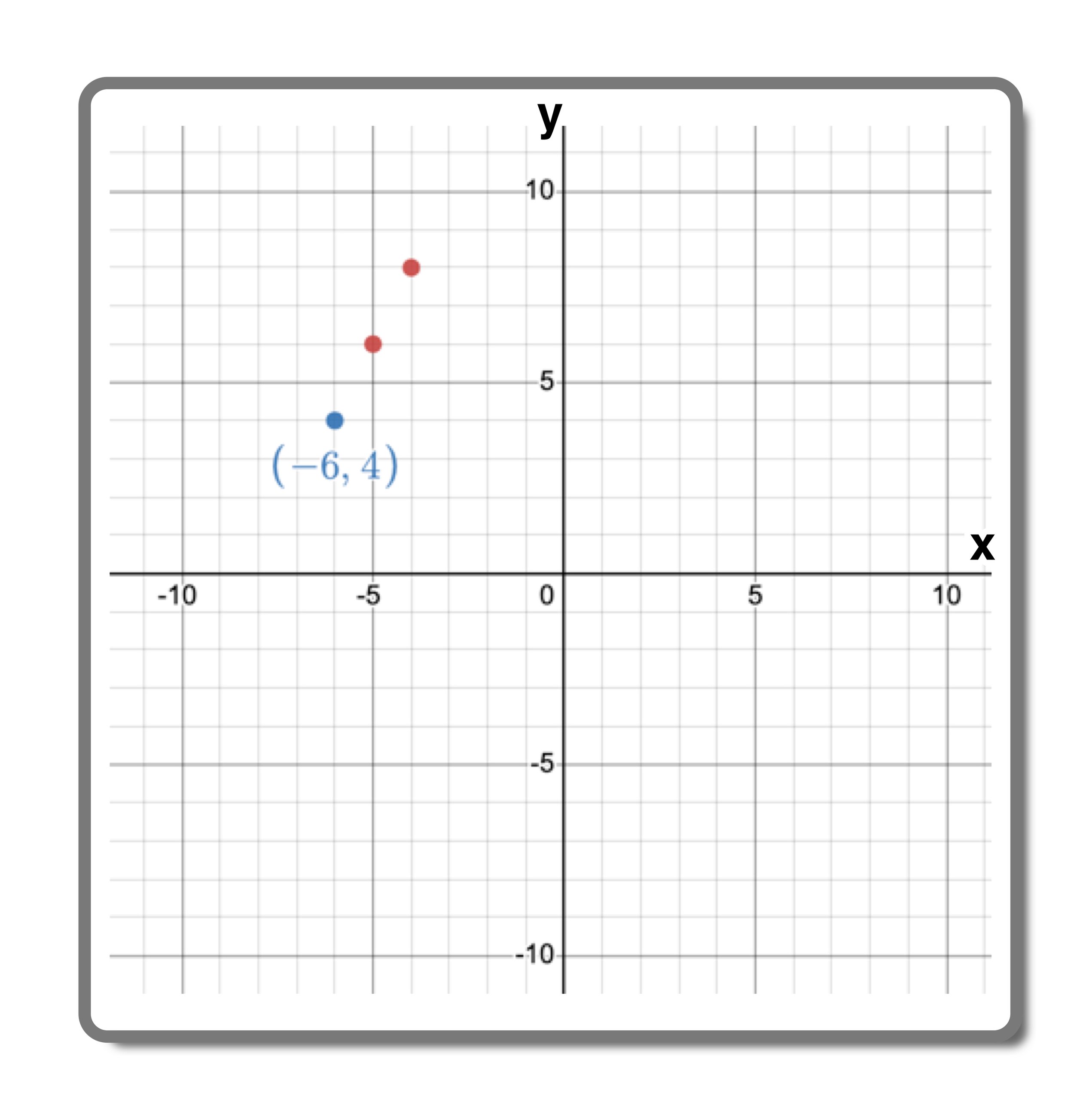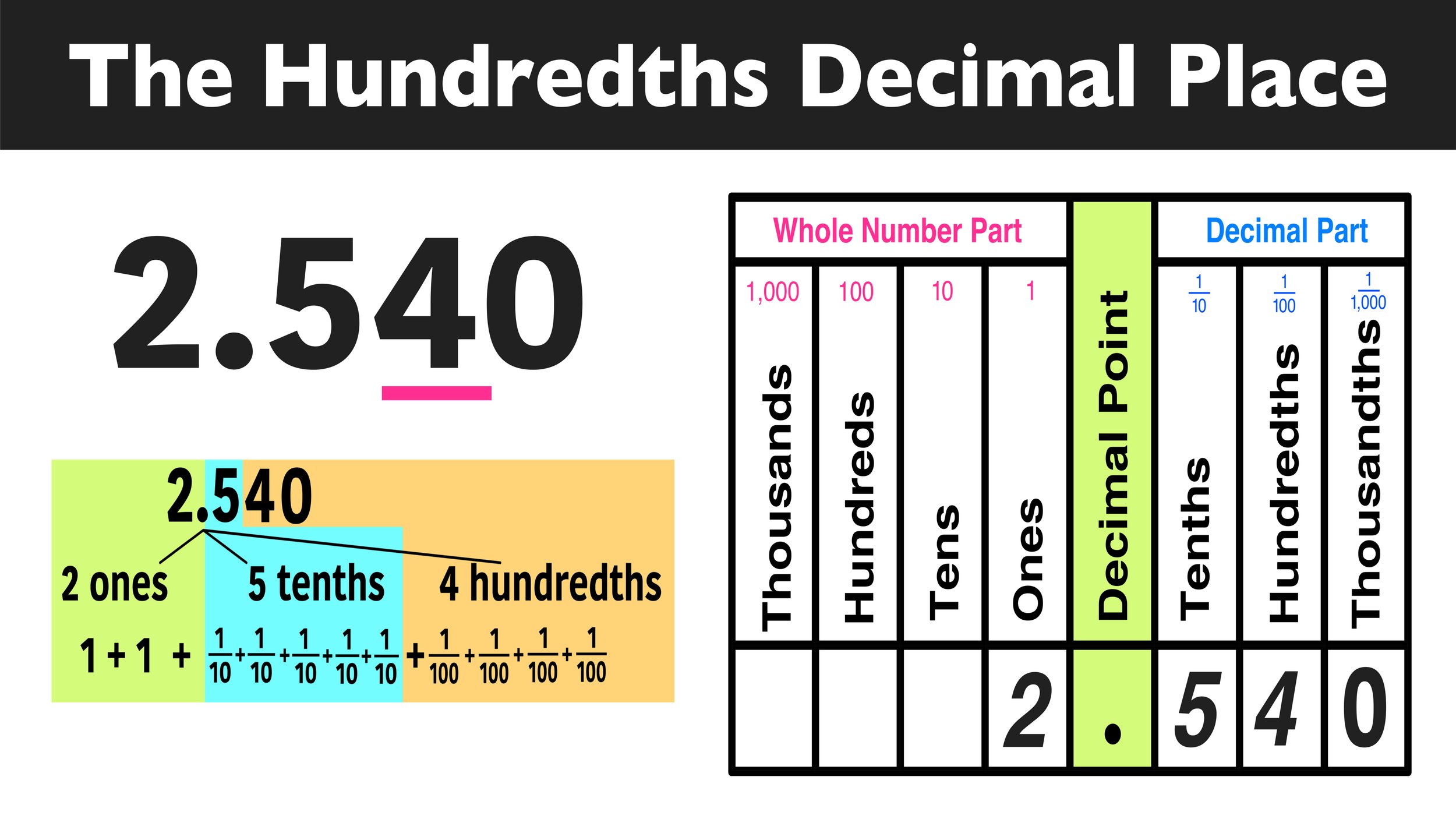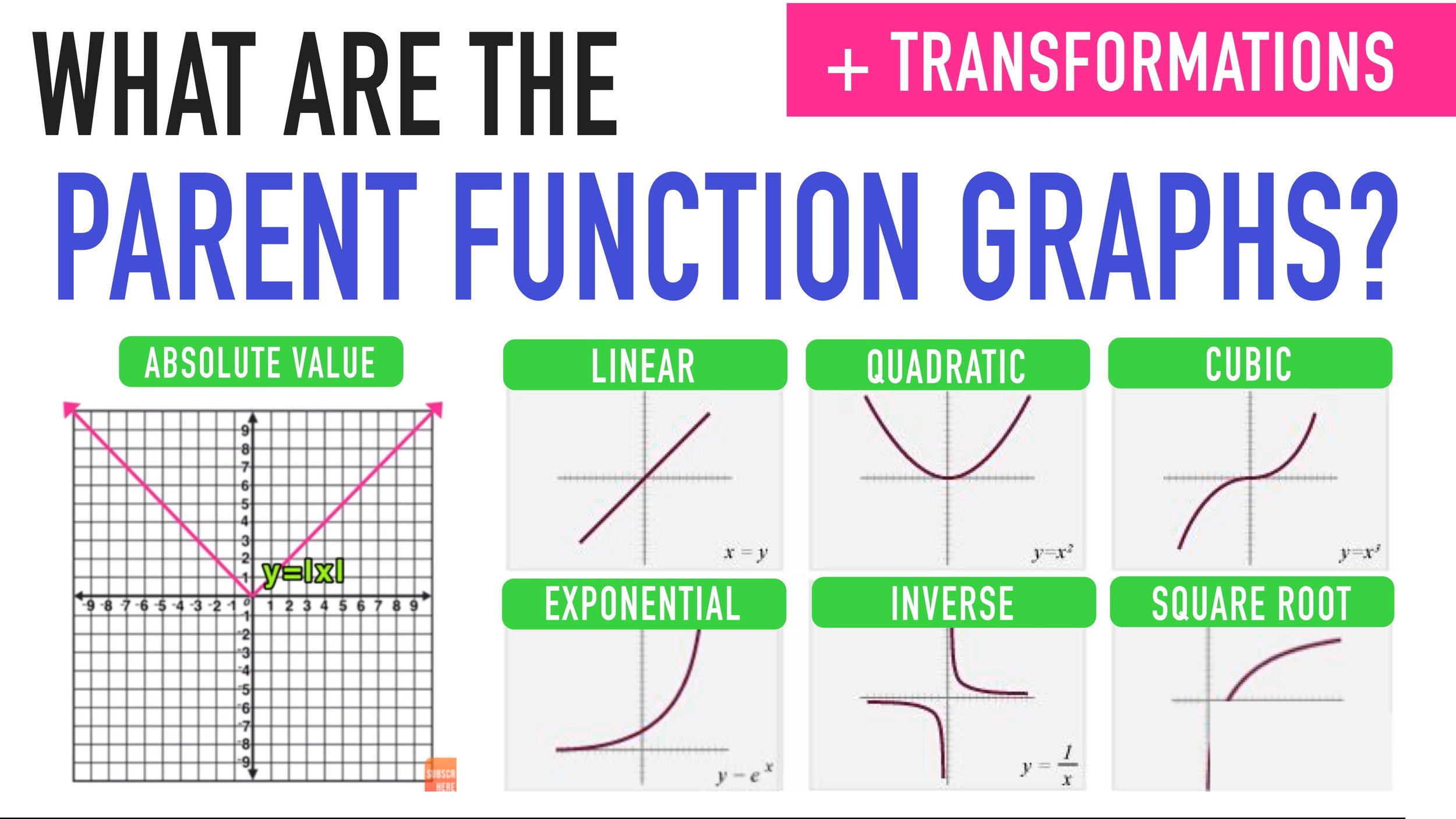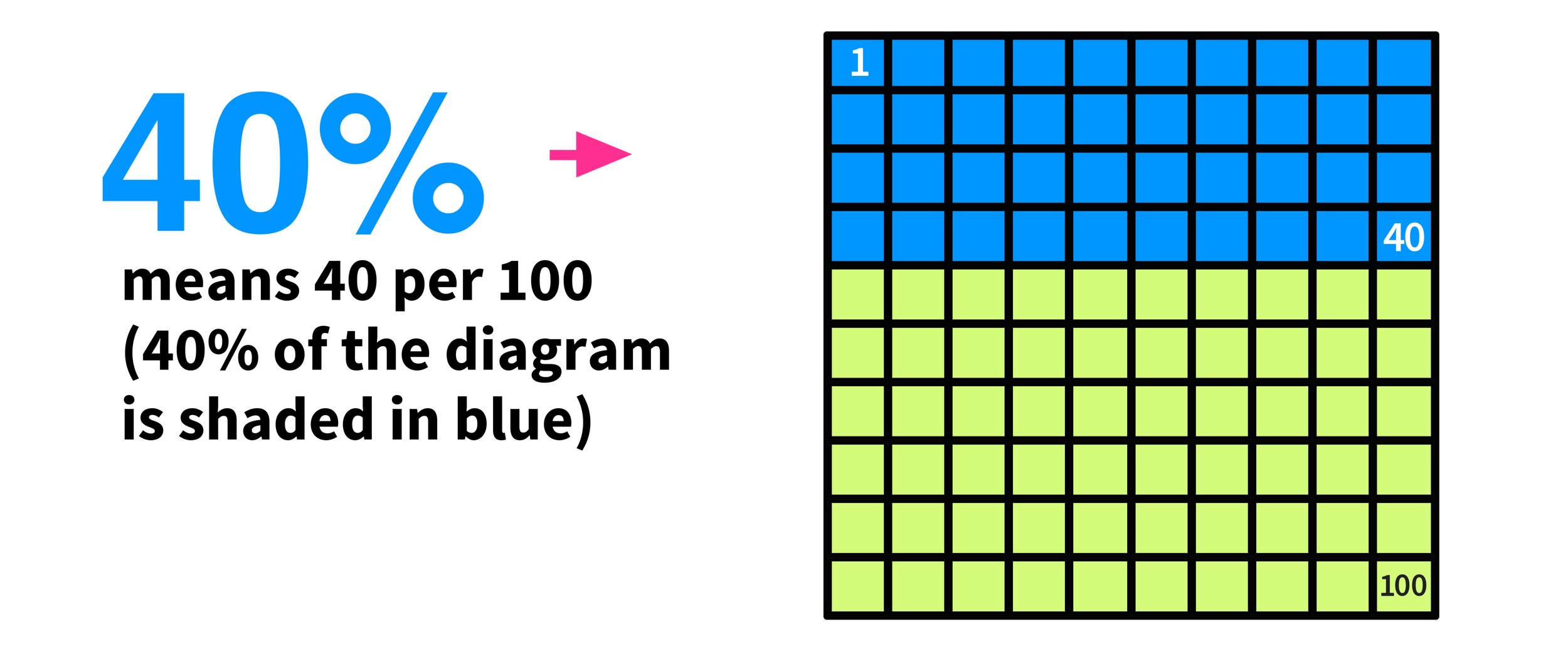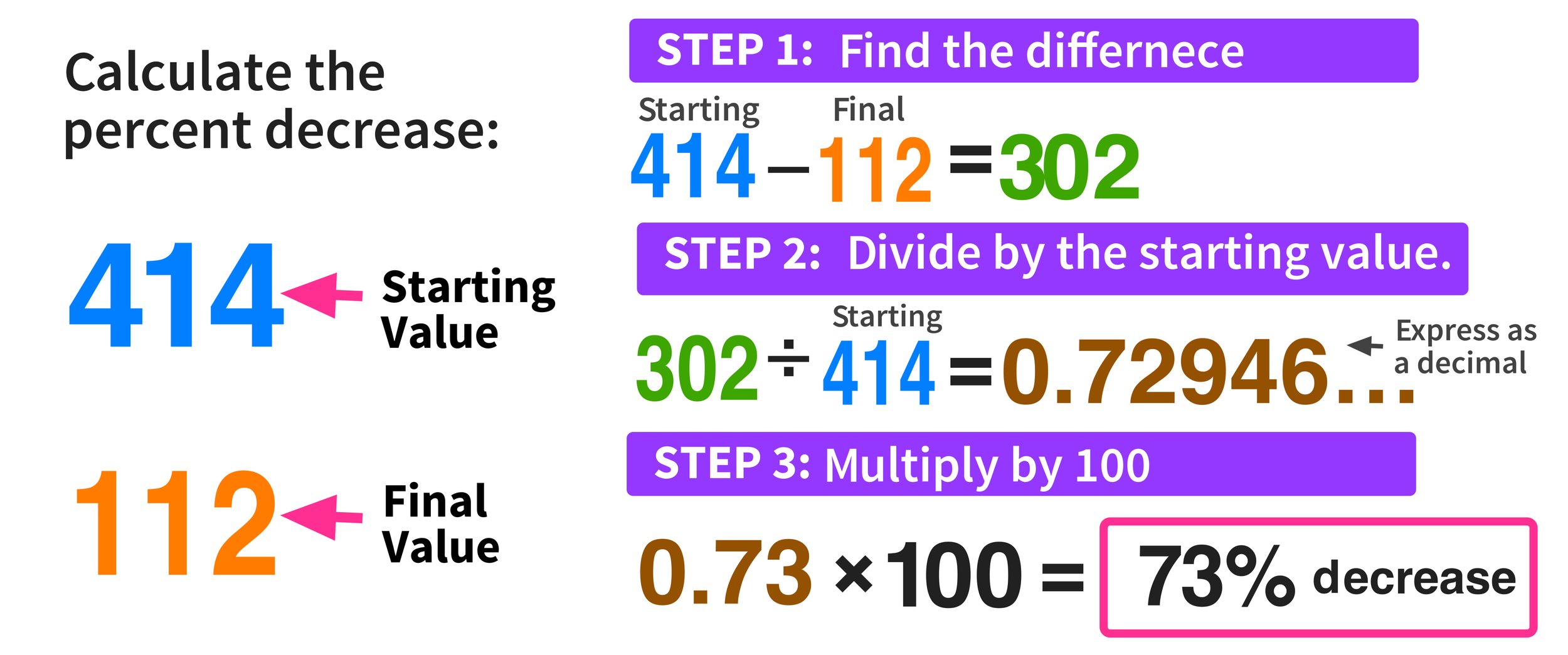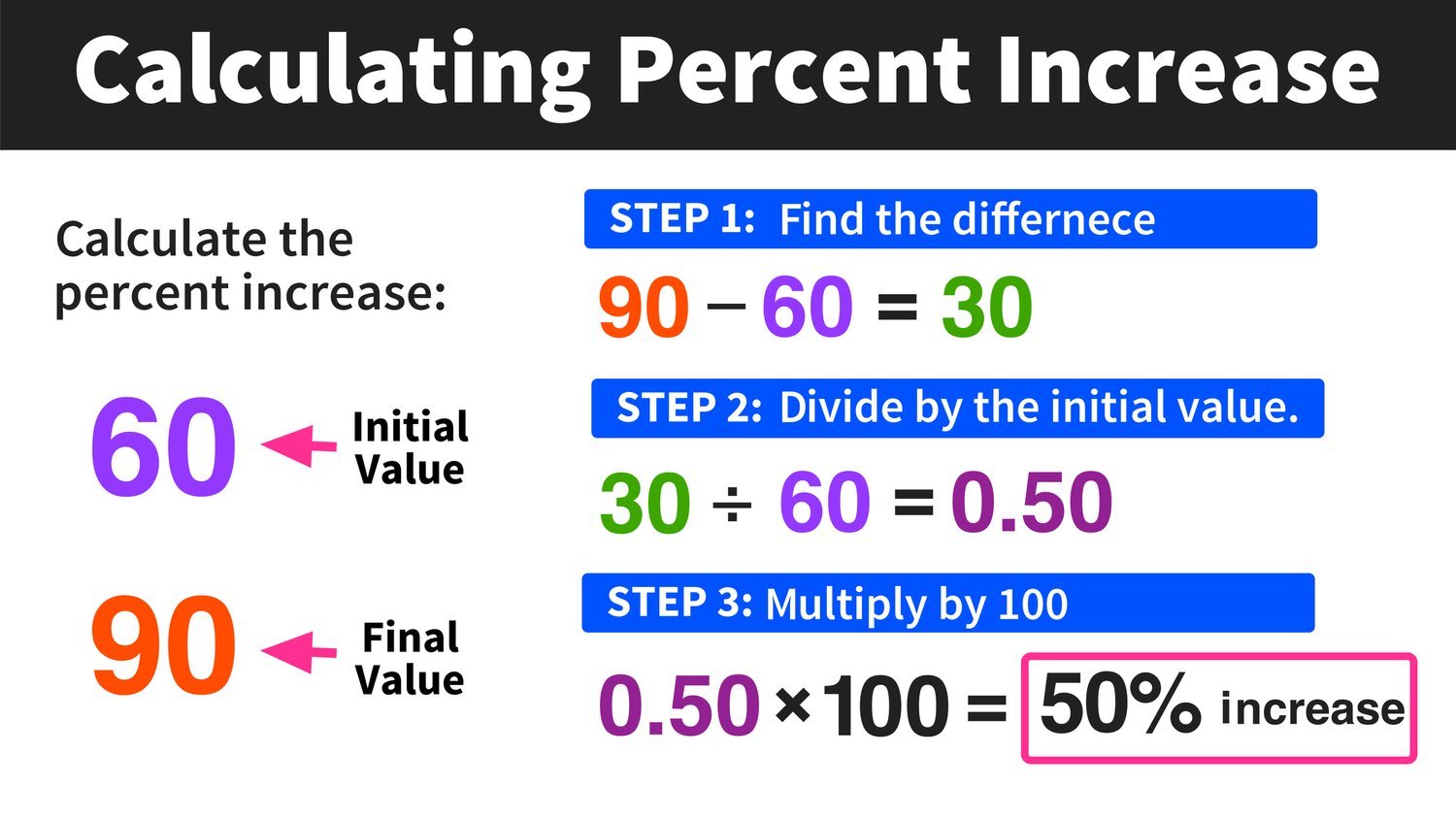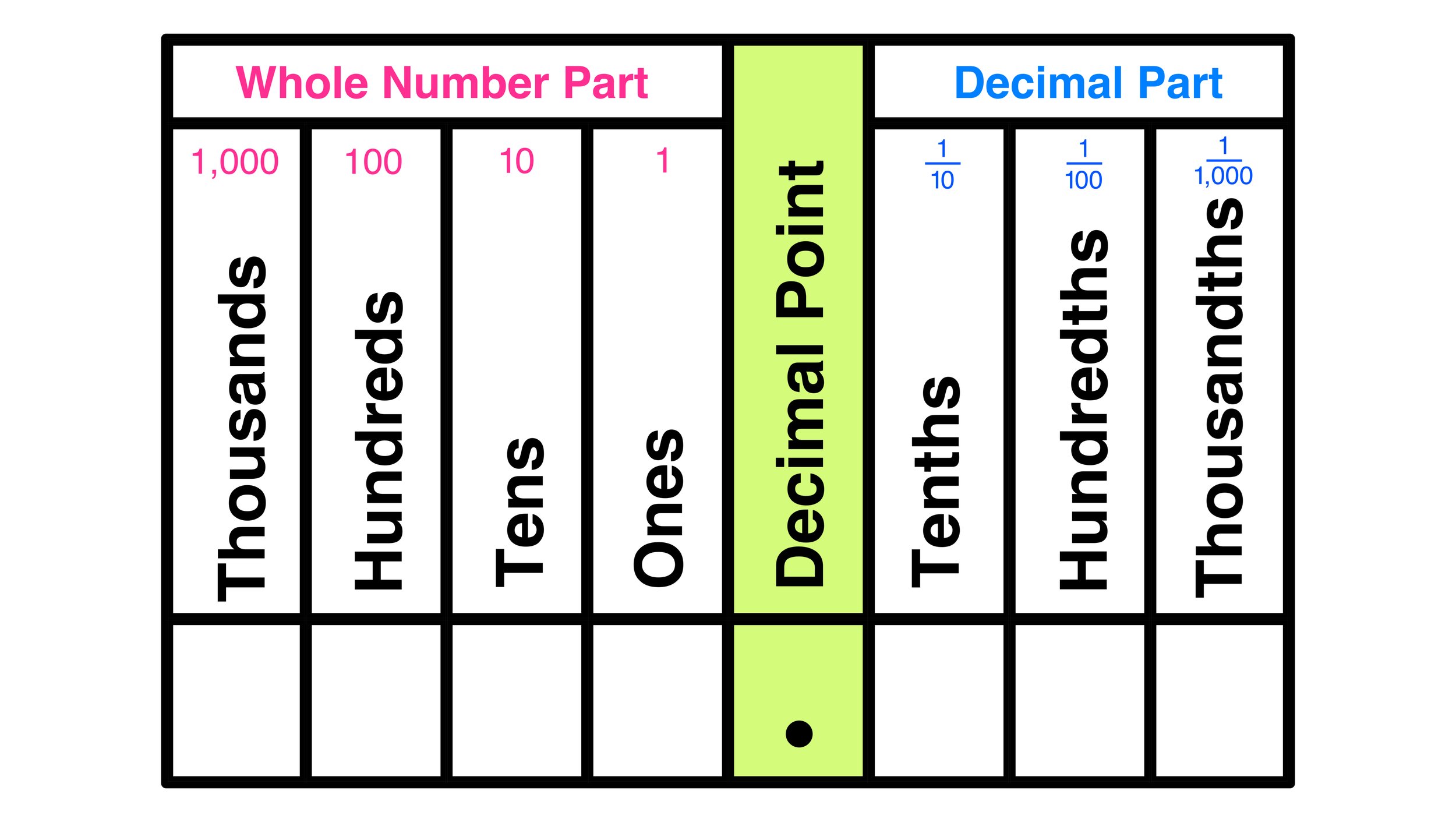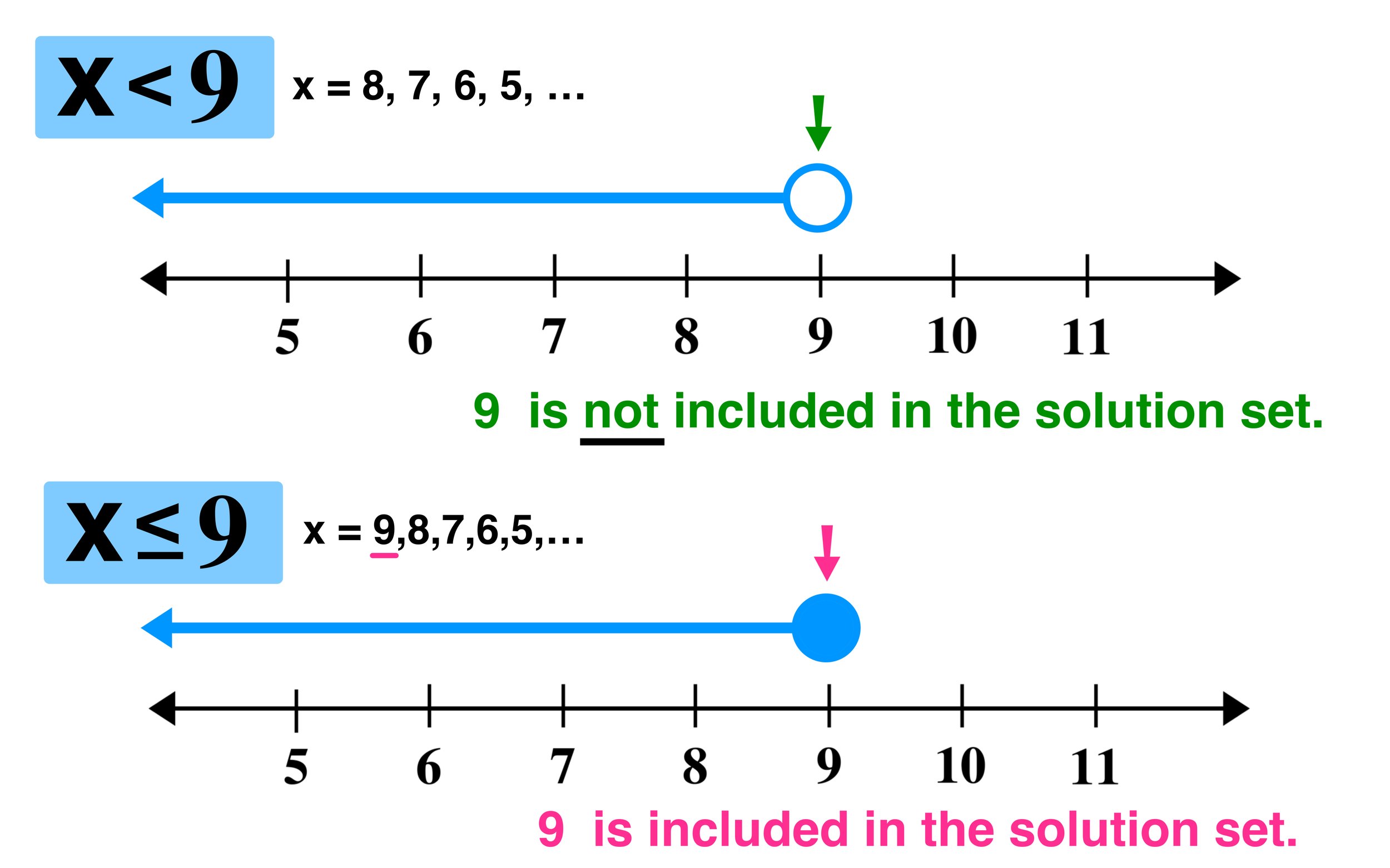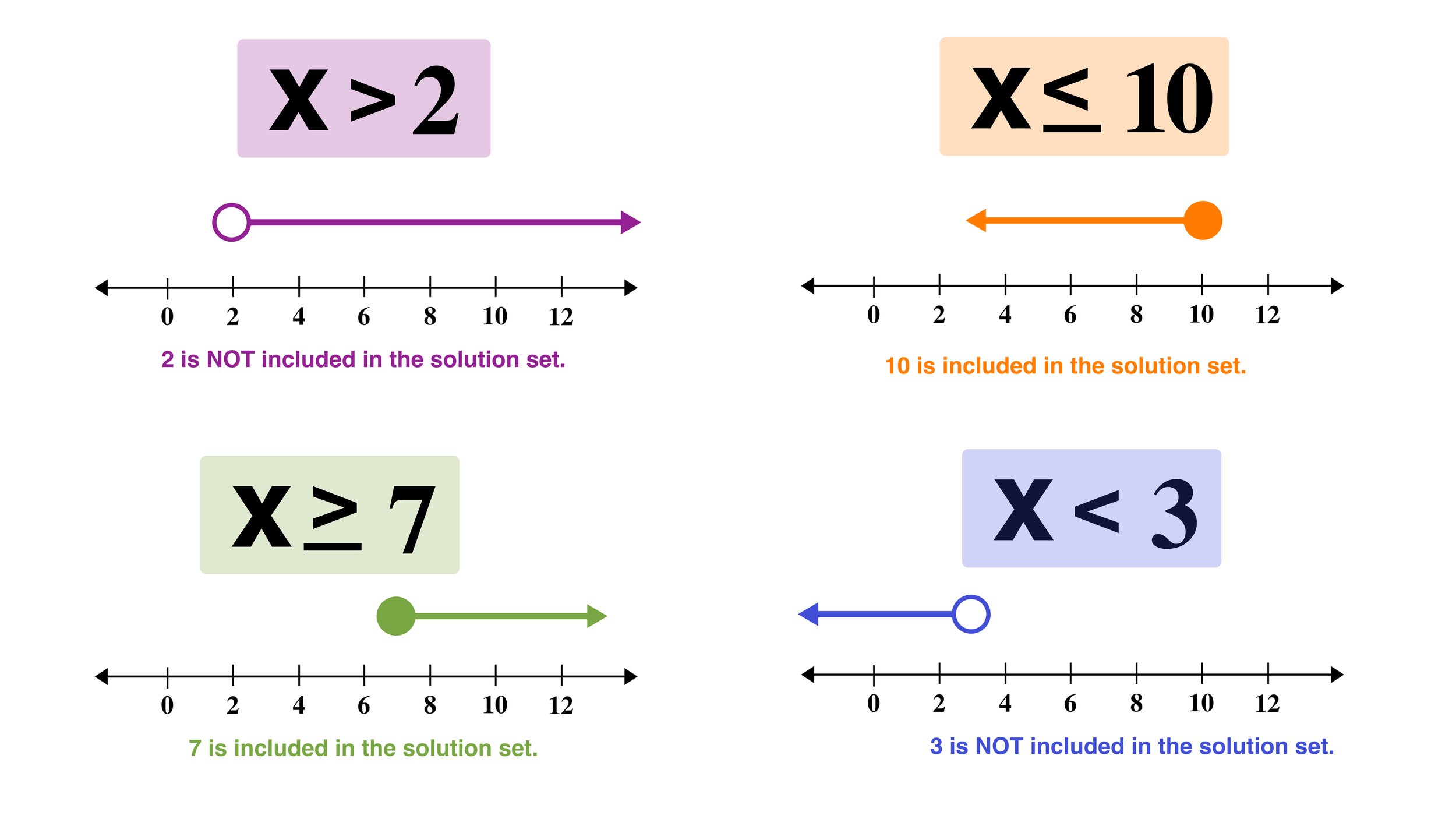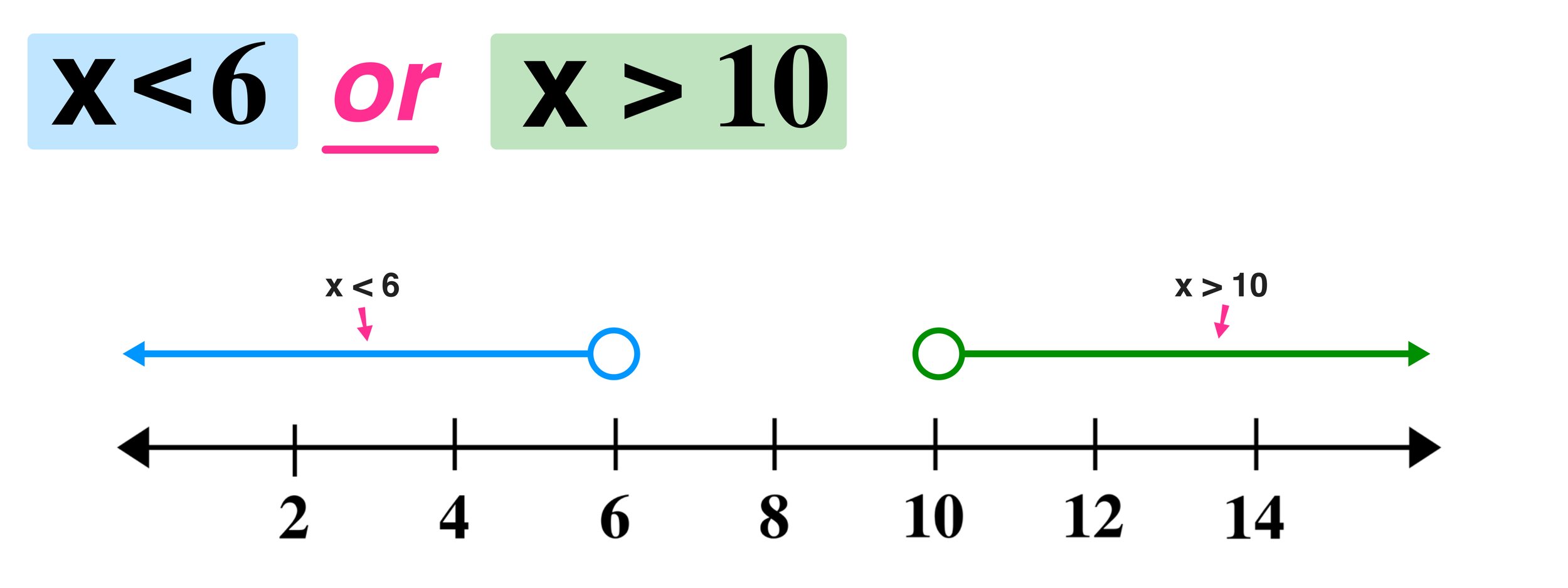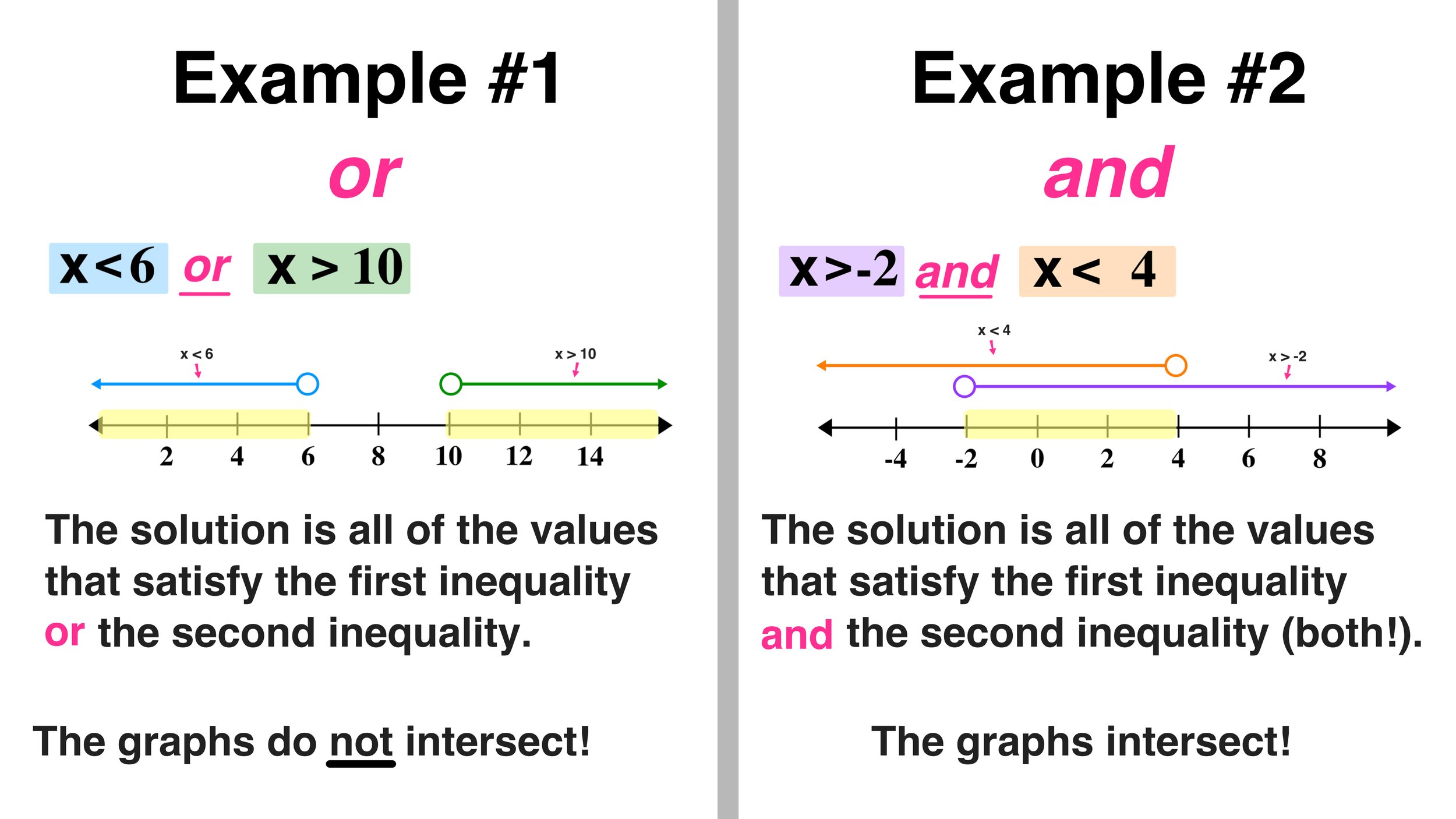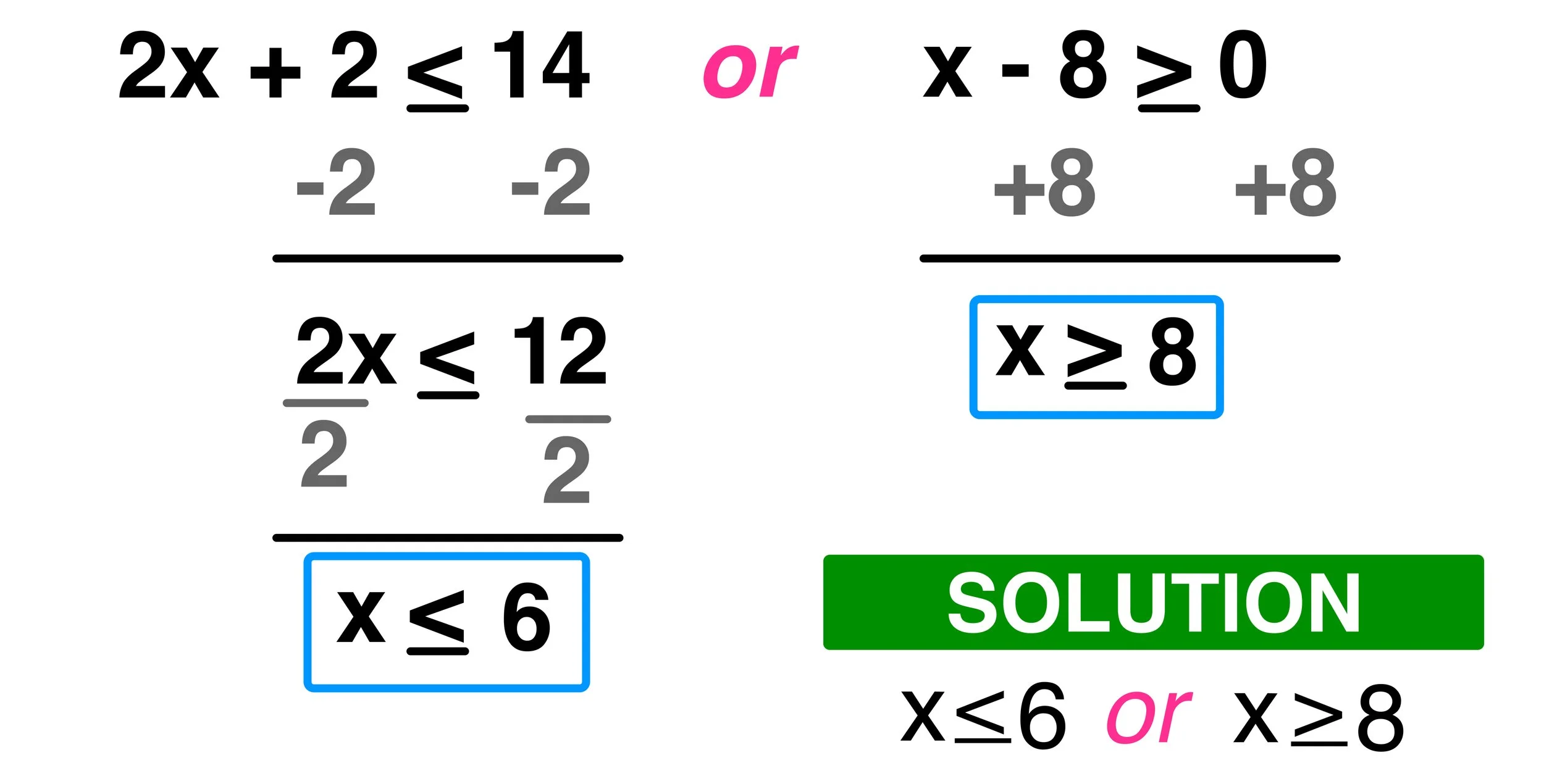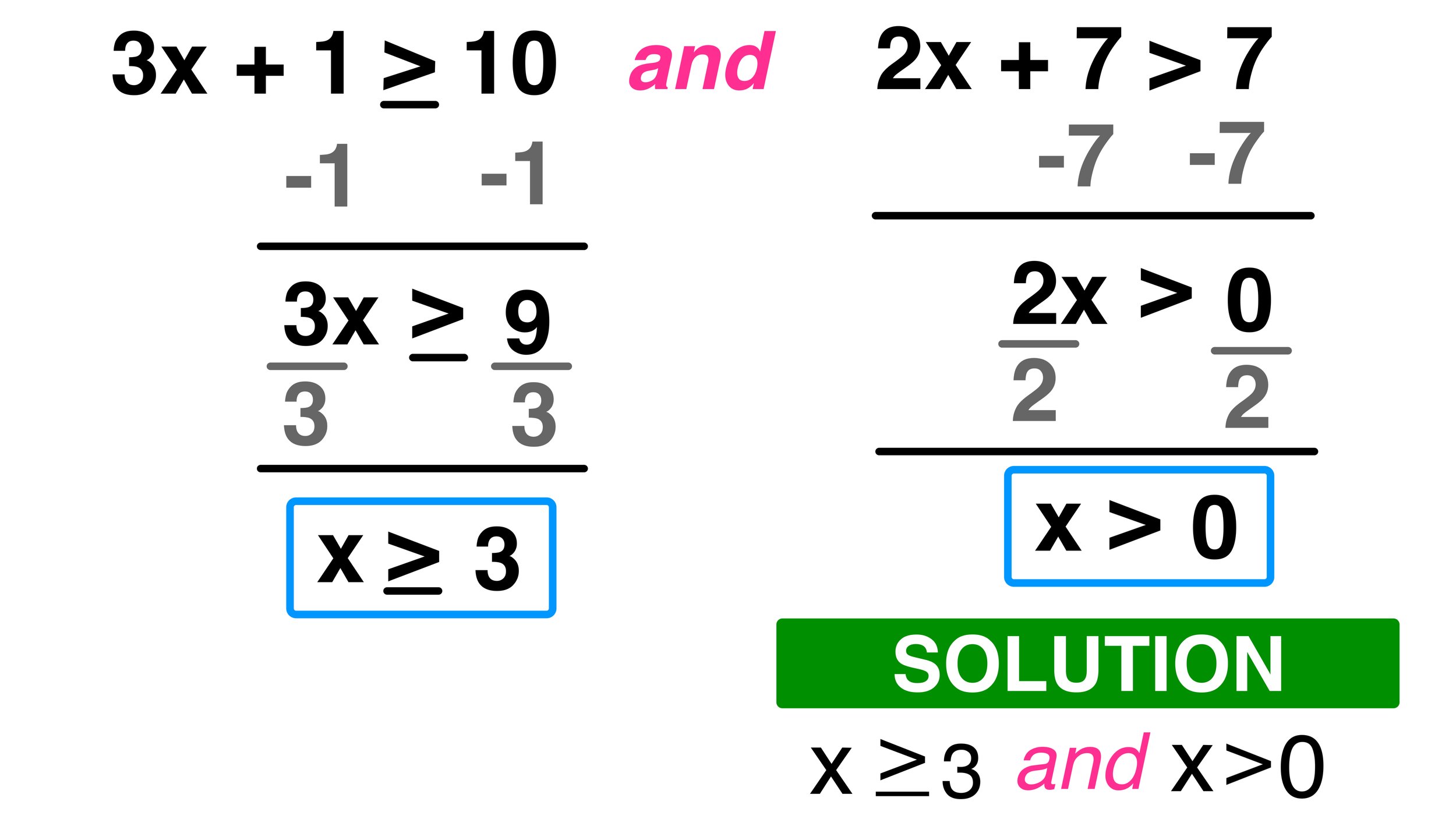5 Point-Slope Form Examples for Students
When it comes to graphing lines on the coordinate plane, there are several different ways to express a linear equation and figure out how to determine a given line’s slope, y-intercept, points it passes through, and what its graph looks like. Being able to understand and solve problems involving linear equations in various forms, including point-slope form, is an immensely useful and important algebra skills that will help you to solve math problems involving linear equations.
The following lesson will take you step-by-step through solving 5 point-slope formula examples (sample problems) that we will solve and find the final correct answer together. By working through these 5 examples, you will gain a much better understanding of point-slope formula, what it means, and how to use it to solve problems on future homework assignments, quizzes, tests, and exams.
But, before we start working on the point-slope form examples, we will quickly review some very important vocabulary terms and review some key information regarding lines, equations, slopes, and y-intercepts. It is helpful to review this information, even if you are already familiar with it, as you will be building upon it as this lesson progresses and having a strong foundation makes a world of difference.
What is Point-Slope Form?
In math, there are more than one way to express the equation of a line (also referred to as a linear equation).
Most algebra students first learn about slope-intercept form: y=mx+b, where m equals the slope of the line and b equals the y-intercept.
With slope-intercept form, as long as you know the slope and y-intercept of the line, you can determine its equation, graph the line on the coordinate plane, and figure out what points the line passes through.
What is point-slope form?
Definition: The point-slope form of a line is expressed using the slope of the line and point that the line passes through.
Formula: y-y1 = m(x - x1) where m equals the slope of the line and x1 and y1 equal the corresponding x- and y-coordinates of a given point the line passes through.
Unlike slope-intercept form, point-slope form does not require you to know the function’s y-intercept. Instead, you are only concerned with the slope and the coordinates of one point that the line passes through.
If you find this definition confusing, take a look at the graphic below that compares slope-intercept form and point-slope form and further analyze the key similarities and differences between the two forms.
In terms of similarities, both slope-intercept and point-slope form require you to know the slope of the line.
(Looking to learn how to find the slope of a line? click here to access our free guide )
However, the key difference is that slope-intercept form requires you to know the y-intercept of the graph, while point-slope form requires you only to know the coordinates of one point that the graph passes through (this point can be anywhere on the line).
Now that you are familiar with the point-slope form formula, you are almost ready to work through some point-slope form examples. But, before we explore point-slope form further, let’s take a quick look two simple situations involving graphing linear functions using given information.
▶ Situation A: Graph the Linear Function
Problem: Graph a line with a slope of 3 and a y-intercept at 6 and write its equation in y= form.
Notice that Situation A gives us enough information right from the start to write the equation in y=mx+b form since we already know the slope, m, and y-intercept b.
m=3 and b=6
We can write the equation as follows:
y=3x+6
This line has a slope of 3 (or 3/1) and a y-intercept at positive 6. We can now graph this line as follows:
Situation B▶: Graph the Linear Function
Problem: Graph a line with a slope of 3 that passes through the point (2,12) and write its equation in y= form
Notice that situation B does not give us enough information to write the equation of the line in y= form since we only know the slope and not the y-intercept.
This is where point-slope form comes into play!
In cases like this, m represents the slope, which is 3 and x1 and y1 are the corresponding x- and y-coordinates of whatever given point the line passes through.
Since we already know that the line passes through the point (2,12), we know that x1=2 and y1=12
We can substitute these values into the point slope formula as follows
After substituting m=3, x1=2, and y1=12, you end up with the following equation in point-slope form:
y-12 = 3(x-2)
If we want to graph the line on the coordinate plane, it may be easier to rearrange this formula into y=mx+b form as follows:
To convert from point-slope form to slope-intercept form:
y-12=3(x-2) ➞ y-12=3x-6 ➞ y=3x+6
Now that we have converted the equation into y=mx+b form, we can go ahead and graph this line since we know that the slope is 3 and the y-intercept is positive 6.
Notice that the line does pass through the point (2,12).
What else do you notice about this graph? It turns out that situation A and situation B both represent the same linear equation, just in different forms.
Situation A: slope-intercept form
Situation B: point-slope form
If you are comfortable with solving problems involving equations in y=mx+b form (slope-intercept form), then you can surely be successful at solving problems involving point-slope form (y-y1=m(x-x1).
To take this next step, practice is key! So, now let’s look at 5 examples of solving algebra problems involving point-slope form to give you some more experience.
Point-Slope Form Example #1
Problem: Determine the point-slope form of a line that has a slope of 1/2 and passes through the point (8,2).
To determine the equation of this line in point-slope form, you have to know the following pieces of information:
the slope of the line, m
the coordinates of a point that the line passes through, (x1, y1)
In this first example, both of these pieces of information are given to you, so you are ready to write the equation of the line in point-slope form by substituting m=1/2, x1=8, and y1=2 as follows:
Answer: The equation of the line in point-slope form is: y-2=1/2x(x-8)
Point-Slope Form Example #2
Problem: Determine the point-slope form of a line that has a slope of 3/4 and passes through the point (4,-6).
Again, to determine the equation of this line in point-slope form, you have to know the following pieces of information:
the slope of the line, m
the coordinates of a point that the line passes through, (x1, y1)
Just like example #1, both of these pieces of information are given to you, so you are ready to write the equation of the line in point-slope form by substituting m=3/4, x1=4, and y1=-6 as follows:
In this example, the value of y1 is a negative number (-6). When you substitute this value into the point-slope formula, on the left-side of the equation, you end up with: y - - 6
You can simplify this double-negative by rewriting it as a positive: y- -6 ➞ y + 6
Answer: The equation of the line in point-slope form is: y+6=3/4x(x-4)
Point-Slope Form Example #3
Problem: Determine the point-slope form of a line that passes through the points (1,10) and (3,16)
Just like the previous two examples, to determine the equation of this line in point-slope form, you have to know the following pieces of information:
the slope of the line, m
the coordinates of a point that the line passes through, (x1, y1)
Unlike the first two examples, in this case you are not given all of the required information upfront. While you know that coordinates of a point that the line passes through (you actually know two of them), you do not know the slope of the line.
Luckily, you can use the slope formula to find the slope of a line that passes through two given points.
The slope formula is equal to change in y over change in x.
To correctly use the slope formula, you have to correctly label and identify the (x1, y1) and (x2, y2) values so you can substitute them into the formula. The first point that you use will have the 1’s and the second point that you identify will have the 2’s.
(1) First Point: (x1,y1) ➞ (1,10) where x1=1 and y1=10
(2) Second Point: (x2,y2)➞ (3,16) where x2=3 and y2=16
You are now ready to calculate the slope as follows:
By substituting the values of (x1,y1) and (x2,y2) into the slope formula, you end up with :
m = (16-10)/(3-1) = 6/2 = 3
After simplifying 6/2 to 3, you can conclude that the slope of the line, m, equals 3
Now that you know the slope of the line and the coordinates of a point that the line passes through, you can write the equation of the line in point-slope form. Note that you can choose either given point that the line passes through (1,10) or (3,16). Below, we will use the first given point (1,10):
Answer: The equation of the line in point-slope form is: y-10=3(x-1)
Point-Slope Form Example #4
Problem: Determine the point-slope form of a line that passes through the points (-5,15) and (-10,18)
Again, in order to determine the equation of this line in point-slope form, you have to know the following pieces of information:
the slope of the line, m
the coordinates of a point that the line passes through, (x1, y1)
Just like in example #3, you are not given all of the required information upfront. While you know that coordinates of a point that the line passes through, you do not know the slope of the line.
Following the same process as example #3, you can use the slope formula to determine the value of m as follows:
By substituting the values of (x1,y1) and (x2,y2) into the slope formula, you end up with :
m = (18-15)/(-10- -5)
Notice that the double negative in the denominator can be rewritten as: (-10- -5) ➞ (-10 + 5)
m = (18-15)/(-10 + 5) = 3/-5
You can express these results as -3/5, so you can conclude that the slope of the line, m, equals -3/5
Now that you know the slope of the line and the coordinates of a point that the line passes through, you can write the equation of the line in point-slope form. Just like the last example, you can choose either given point that the line passes through (-5,15) or (-10,18). Below, we will use the first given point (-5,15):
Answer: The equation of the line in point-slope form is: y-15=-3/5(x+1)
Point-Slope Form Example #5
Problem: Graph the line with the following point-slope form equation: y-4=2(x+6)
In this final example, you will have to graph a line and all that you are given is a linear equation in point-slope form.
All that you need to graph a line is the slope of the line and a point that the passes through—which is exactly what you can find when you look at the equation in point slope form.
Remember that point slope form is as follows: y-y1 = m(x = x1) where m equals the slope of the line and (x1,y1) are the corresponding x- and y-coordinates of the point the line passes through.
So, in this example, we can see that the slope of the line m=2 (or 2/1)
Furthermore, we can see that the y1=4, but what about x1?
Since we see that ‘+’ sign on the right-side of the equation (x+6), we know that a double-negative must have occurred, so the x1 value is equal to -6 (not positive 6).
Now we have all of the information that we need:
Slope: m=4
Point: (x1,y1) = (-6,4)
All that we have to do now is graph the line. Start by plotting the (x1,y1) point, which is (-6,4) in this example as follows:
Next, use the slope m=2/1 to “build” more points by using the rise over run method (rise two units, and run two units to the right) as follows:
Finally, draw the line that intersects the points that you plotted to complete your graph:
Answer:










